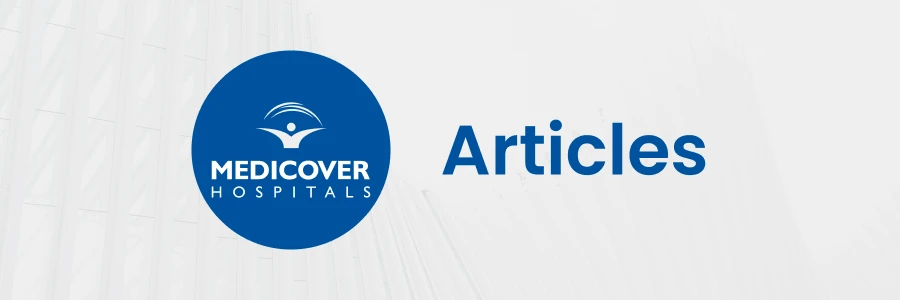Categories
- Cardiology 84
- Dermatology 45
- Endocrinology 33
- ENT 16
- Fertility 190
- Gastroenterology 78
- General-Medicine 81
- Gynecology 80
- Hematology 19
- Infectious-Diseases 33
- Neurology 52
- Oncology 34
- Ophthalmology 23
- Orthopedics 69
- Pediatrics 31
- Procedure 23
- Public-Health 144
- Pulmonology 59
- Radiology 8
- Urology 68
- Wellness 161
- Woman-and-child 77

Digital Dentistry: Types and Advantages for Oral Health
Digital dentistry involves using dental technologies or devices rather than mechanical or electrical tools to perform dental procedures. Digital dentistry can perform dental functions more efficiently than automated tools, both restorative and diagnostic.
What is Digital dentistry?
Digital dentistry encompasses any digital or computer-based technology used by dentists to investigate, diagnose, and treat dental issues. It includes:
- Digital radiography: X-rays that produce instant images.
- Electronic prescriptions: Streamlined medication orders.
- CAD/CAM restorations: Computer-aided design and manufacturing of dental prostheses.
- Digital impressions: Accurate, mold-free impressions.
Secure your health with a second opinion. Make informed decisions and book your appointment today!
Get A Second OpinionTypes of Digital Dentistry
- CAD/CAM Technology: Computer-assisted design and computer-aided manufacturing allow for same-day restorations.
- Cone Beam CT: Provides a 3D image of oral anatomy for precise Dental implant planning
- Diagnodent: Early cavity detection using laser and sound pulses.
- Digital X-rays: Comfortable imaging with reduced radiation and magnified diagnostic accuracy.
- OPG (Orthopantomogram): Offers a panoramic view of the mouth and jaw.
- Intra-Oral Camera: Captures detailed images for better diagnosis and patient education.
- Dental Lasers: Simplify procedures and reduce healing times.
- Optical Scanners: Create digital impressions and maps of teeth, avoiding traditional molds.
- TekScan (T-Scan): Evaluates bite relationships with an electronic sensor.
- JVA (Joint Vibration Analysis): Detects vibrations in the temporomandibular joint (TMJ).
- The Wand: Administers painless anesthesia with slow and precise delivery.
- Digital Smile Design: Allows visualization of treatment outcomes with a 3D simulation.
- Invisalign Braces: Computer-generated molds for orthodontic treatment.
Advantages of Digital Dentistry
- Faster Diagnosis
- Digital X-rays: Provide immediate images for quick and accurate diagnosis.
- Better Patient Experience
- 3D scanners: eliminate the need for uncomfortable molding.
- Laser dentistry: Needle-free, anesthesia-free, noise-free, and blood-free procedures reduce dental anxiety.
- Shorter Time and Lower Costs
- Same-day restorations: Crowns, veneers, and dentures can be completed quickly, saving time and reducing appointment costs.
Digital Imaging in Dentistry
Digital imaging technologies offer a range of benefits, including faster results, better accuracy, and improved patient comfort.
- Enhanced Diagnosis: Digital imaging in dentistry provides high-resolution images, allowing for more accurate diagnosis and treatment planning.
- Reduced Radiation: Digital X-rays emit significantly lower radiation compared to traditional film X-rays, enhancing patient safety.
- Immediate Results: Images are available instantly, reducing waiting times and enabling quicker decision-making during dental appointments.
- Improved Patient Communication: Clear, detailed images help dentists explain conditions and treatment options to patients more effectively.
Ready to take control of your health journey? Book your appointment now and start your path towards wellness today!
Book an AppointmentConclusion
Digital dentistry offers numerous benefits, from faster diagnosis to enhanced patient experience. By integrating various digital technologies, dentists can provide more efficient, accurate, and comfortable care. Discuss with your dentist the digital technologies they use to understand how they might benefit your dental treatment.
Frequently Asked Questions
Digital dentistry refers to the use of advanced technology in dental care, including digital imaging, CAD/CAM (computer-aided design/computer-aided manufacturing), and 3D printing.
Digital technologies enable dentists to provide more precise diagnoses, plan treatments more effectively, and deliver customized restorations that fit better and last longer.
Digital tools include intraoral scanners, digital X-rays, cone beam computed tomography (CBCT), CAD/CAM systems for crowns and bridges, and 3D printers for dental prosthetics.
Digital dentistry can enhance safety by reducing potential human errors and minimizing exposure to radiation from X-rays through advanced imaging techniques.
Initially, the equipment costs for digital dentistry may be higher. Still, efficiency and precision can lead to cost savings over time, including fewer repeat procedures and better long-term outcomes.
Yes, digital techniques often reduce the need for invasive procedures, decrease chair time, and provide more comfortable experiences, which can be reassuring for patients with dental anxiety.

Categories
- Cardiology 84
- Dermatology 45
- Endocrinology 33
- ENT 16
- Fertility 190
- Gastroenterology 78
- General-Medicine 81
- General 6
- Gynecology 80
- Hematology 19
- Infectious-Diseases 33
- Neurology 52
- Oncology 34
- Ophthalmology 23
- Orthopedics 69
- Pediatrics 31
- Procedure 23
- Public-Health 144
- Pulmonology 59
- Radiology 8
- Urology 68
- Wellness 161
- Woman-and-child 77